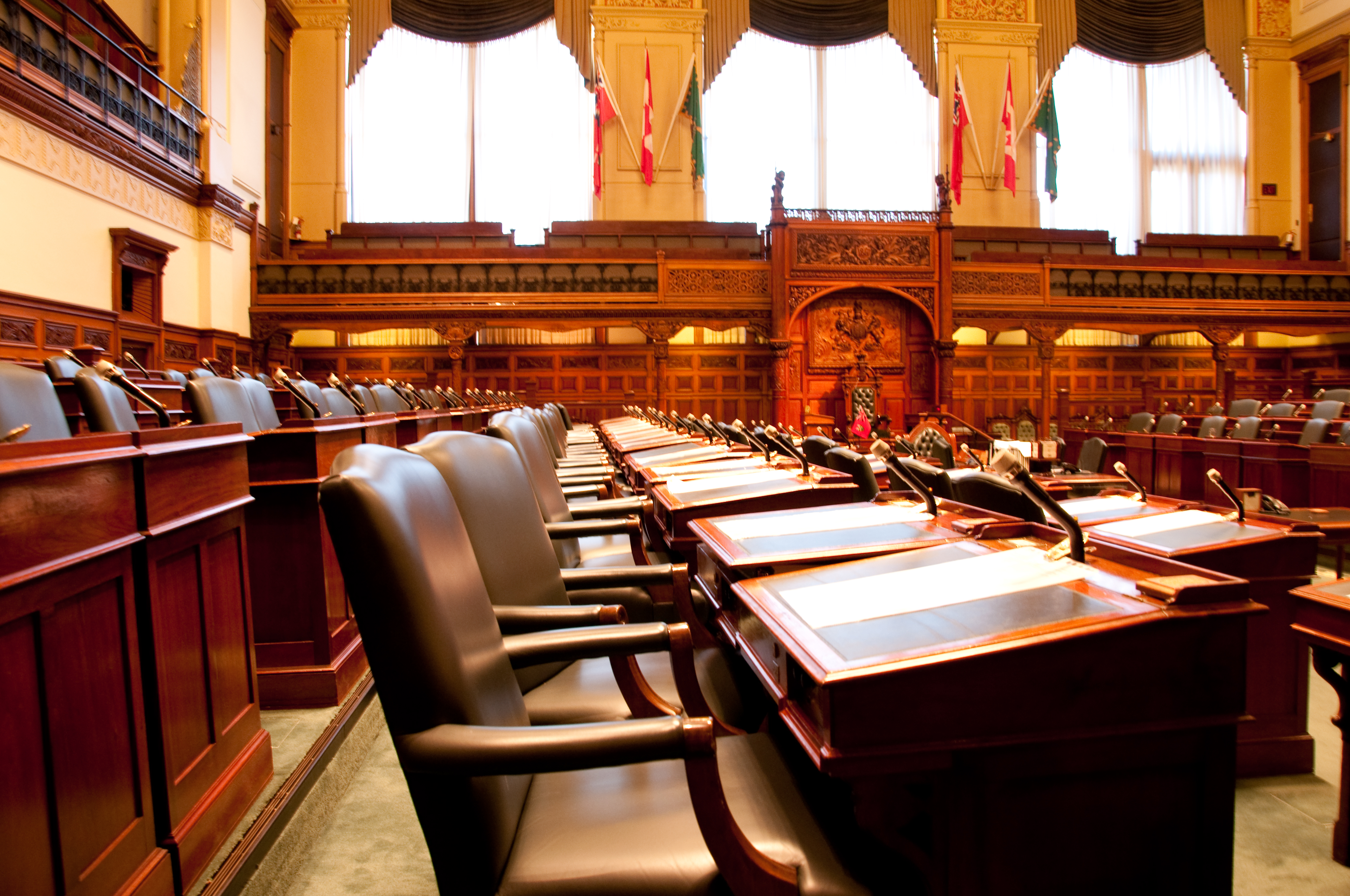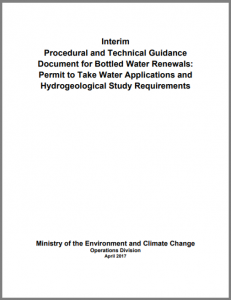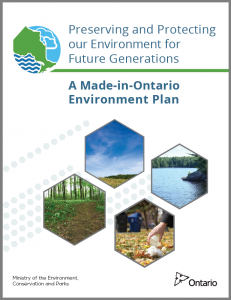
Ontario’s new conservative premier unveiled an environmental agenda so light on details its critics are left wondering what, if anything, he’s committed to
After suggesting for months that its forthcoming blueprint for tackling climate change wouldn’t extend beyond reducing provincial greenhouse gas emissions, Ontario’s right-leaning Progressive Conservative government unveiled a broader environmental mandate late last year.
And while the report explores everything from species-at-risk to reducing litter, many provincial environmental groups are left wondering whether Premier Doug Ford’s light-on-details approach to protecting the Great Lakes actually promises anything at all.
The report is a bit like “a plan to make a plan,” says Tony Maas, strategies manager with Freshwater Future. “There’s not a whole lot in there in terms of what specific actions are going to be taken.”
Maas wasn’t surprised how the government, just six months into its four-year mandate, handled the Great Lakes in its first major report on the environment. “It’s a bit of status quo stuff they have to do and are committed to doing,” he says.
But given the government’s opposition to numerous environmental issues, including Ford’s decision to dramatically scale back the power of Ontario’s independent Environmental Commissioner in November, not seeing important pieces of Great Lakes legislation eliminated altogether is a minor victory.
Kelsey Scarfone, water program manager with Environmental Defence, agreed that it was good to see the government discuss the need to protect the Great Lakes. Yet she notes that beyond being light on detail was the government’s lack of any new action.
“The plan, it appears, is to carry out the former government’s plan,” she says, “so it’s good to see that clean water is not a partisan issue.”
Despite looking beyond climate change to tackle a broad sweep of environmental challenges facing Canada’s most populous province, Preserving and Protecting our Environment for Future Generations does remain primarily concerned with how Premier Doug Ford’s government will replace the cap-and-trade plan for reducing GHG emissions brought in by the previous administration.
But the report from Environment, Conservation and Parks Minister Rod Phillips, who represents a suburban Toronto riding on the shores of Lake Ontario, also sketches out a plan for how the government aims to govern the Great Lakes.
After re-committing to plans put in place by the previous Liberal government to fight the spread of invasive species like Asian carp into the Great Lakes, the report tackles one issue that has generated a lot of interest in the basin in recent years: water taking.
In southwestern Ontario, Nestlé has born the brunt of residents wrath when it comes to water taking. The international food conglomerate has raised hackles for the sheer volume of water it is licensed to extract from beneath nearby communities and First Nations reserves – some 1.2 million gallons per day at a price of just $2.80 (USD) per 264,000 gallons.
Nestlé also has operations in Michigan, which are covered in Great Lakes Now’s “Tapping the Great Lakes” documentary.
And after pondering an extension last month to a water-taking ban in place since December 2016, the latest report says the government will conduct a “thorough review” of Ontario’s water taking “policies, programs and science tools.” And just days before Christmas, the government extended the existing moratorium on water taking until January 1, 2020.

Interim Procedural & Technical Guidance Document for Bottled Water Renewals (Click IMAGE to read the document)
“I was pleasantly surprised to see quite a bit of focus on reviewing and updating water taking policies,” says Maas. “That’s an important resource management issue in the province,” especially when it comes to balancing the impacts of numerous water takings in the same area. “Better managing of water taking is important to our security in Ontario.”
Tanya Pulfer, conservation science manager with Ontario Nature, agreed with Maas that Preserving and Protecting our Environment was so vague that it’s hard to know what, if anything, the Ford government ultimately intends to commit to in protecting the Great Lakes.
“It’s not really committing to anything,” she says. “It says ‘review and update the Ontario Great Lakes strategy,’ for example. But what does that mean? You can be committed but still reduce it, or you can commit to actually doing what was intended with the act.”
One red flag for Pulfer is the report’s insistence in referring to things like clean water, protected areas and fisheries in purely economic terms. “They’re definitely focused in on a very human-centric approach to things,” she says. But this way of thinking says little about how the government will ensure a healthy environment for its own sake.
“Ecological integrity should being the first and foremost thing that’s talked about and form the basis of any policy,” she says, “and not what [the environment] does for us.”
Gary Wheeler, a spokesperson for Minister Phillips continued the theme of economic importance, tells Great Lakes Now that, “Our Great Lakes and inland waters, along with all of our other waterways and groundwater, underpin our province’s economic prosperity and well-being,” including manufacturing, power generation, fisheries and tourism.
Preserving and Protecting our Environment also commits Queen’s Park to working with Canada’s federal government in Ottawa on several agreements that impact Great Lakes water quality, including the Canada-Ontario Great Lakes Agreement and the Canada-Ontario Lake Erie Action Plan to reduce harmful algal blooms, a sister plan to the U.S. Lake Erie Action Plan from the Environmental Protection Agency.
Featured Image: Interior Ontario Legislative Assembly Toronto 2010, Photo by Josh Evnin via flickr.com cc 2.0





